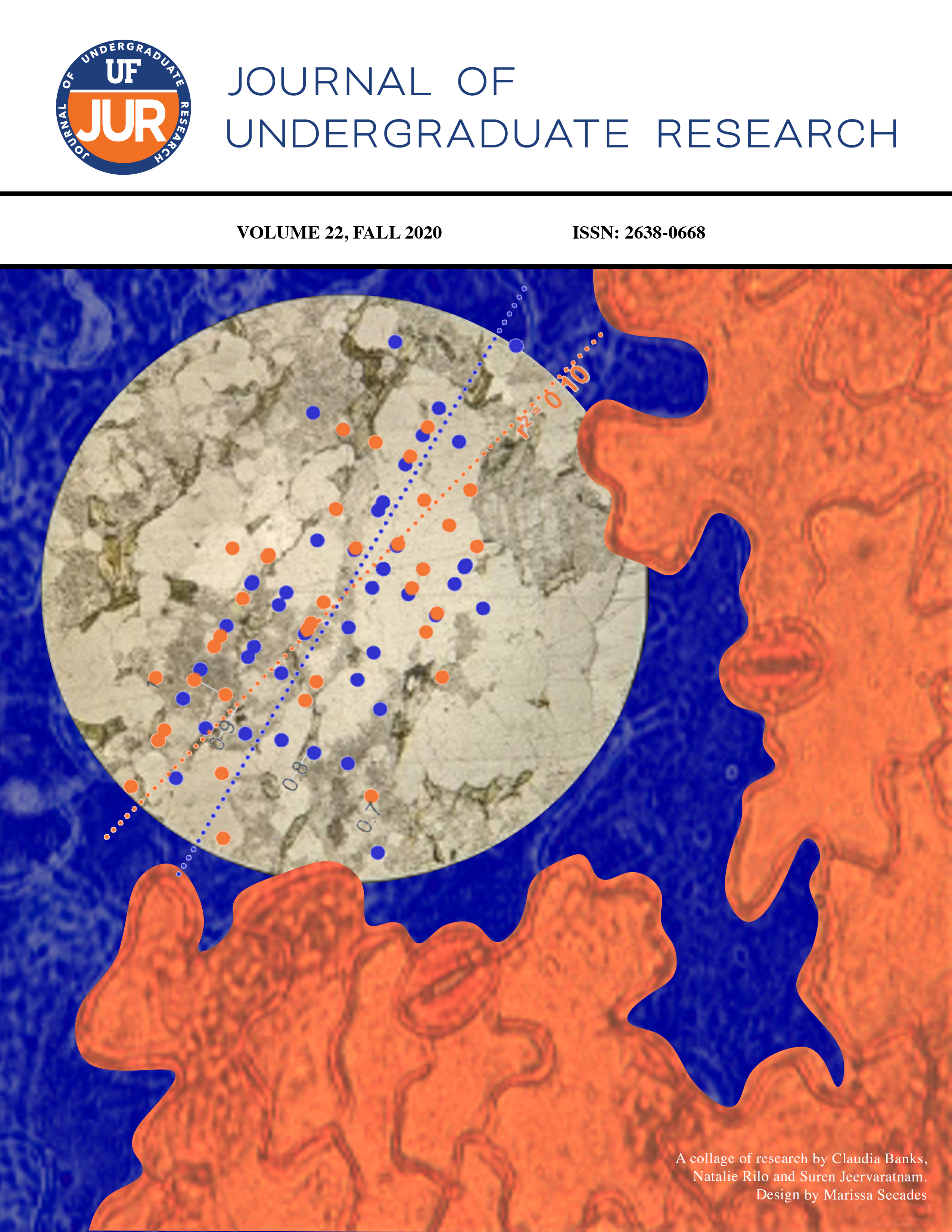Human Modeling for Efficient Predictive Collision Detection
DOI:
https://doi.org/10.32473/ufjur.v22i0.121680Keywords:
Predictive Collision Detection, Swept Volume Interference, Coons PatchesAbstract
As demands on manufacturing rapidly evolve, flexible manufacturing is becoming more essential for acquiring the necessary productivity to remain competitive. An innovative approach to flexible manufacturing is the introduction of fenceless robotic manufacturing cells to acquire and leverage greater human-robot collaboration (HRC). This involves operations in which a human and a robot share a space, complete tasks together, and interact with each other. Such operations, however, pose serious safety concerns. Before HRC can become a viable possibility, robots must be capable of safely operating within and responding to events in dynamic environments. Furthermore, the robot must be able to do this quickly during online operation. This paper outlines an algorithm for predictive collision detection. This algorithm gives the robot the ability to look ahead at its trajectory, and the trajectories of other bodies in its environment and predict potential collisions. The algorithm approximates a continuous swept volume of any articulated body along its trajectory by taking only a few time sequential samples of the predicted orientations of the body and creating surfaces that patch the orientations together with Coons patches. Run time data collected on this algorithm suggest that the algorithm can accurately predict future collisions in under 30 ms.
Downloads
Published
Issue
Section
License
Some journals stipulate that submitted articles cannot be under consideration for publication or published in another journal. The student-author and mentor have the option of determining which journal the paper will be submitted to first. UF JUR accepts papers that have been published in other journals or might be published in the future. It is the responsibility of the student-author and mentor to determine whether another journal will accept a paper that has been published in UF JUR.

